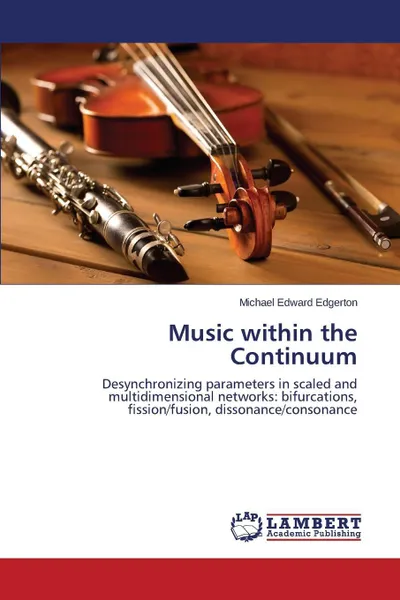Music within the Continuum 6+
Автор: Edgerton Michael Edward
2015
80 страниц
Категория: Искусство и культура
ISBN: 9783659779145
Язык: Английский
📕 This monograph presents a working description of a special class of acoustical outputs, termed extra-complex sonorities that are the result of desynchronizing robust parameters involved in the production of sound within scaled and multidimensional networks by instruments and voices. The purpose of such a description is to provide a framework for understanding the mechanical and perceptual aspects of extra-complex sonorities in order to develop a theory that will guide the practitioner and listener towards finding the relevant landmarks of those performances and/or compositions that feature radical sound production maneuvers. Fundamentally different from the non-scalable extended technique aesthetic (such as using an exaggerated heavy bow pressure to achieve a singular, nondevelopmental gesture, i.e. "pitchless scraping"), desynchronization in this context relies on scaling the entire range of any parameter between minimal and maximal values (such as between the fastest to slowest bow speed, regardless of tempo or left-hand behavior). Such methods are still relatively novel and are investigated to continue research relevant to music composition.
Мнения
